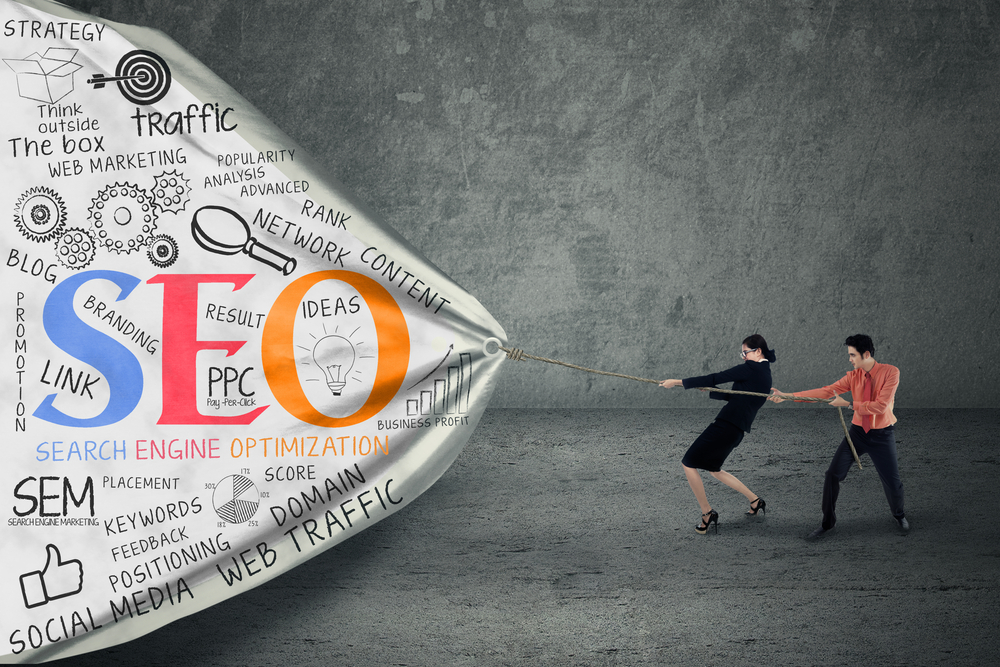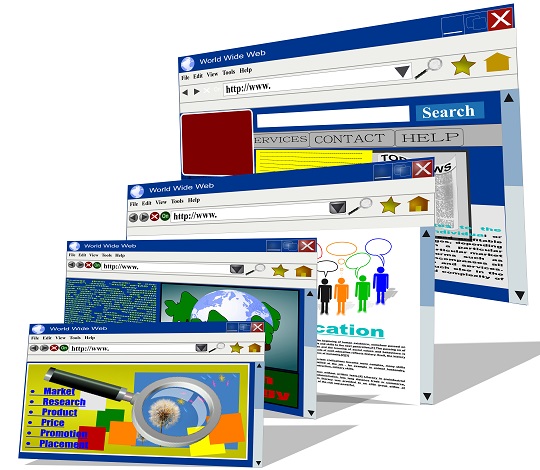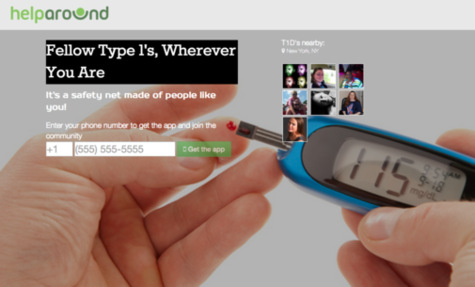 We’ve all done it before: you click on a page, stare at a loading screen for a few seconds, get impatient, and then leave. In business website design, speed is king, and reducing your loading time is the key to boosting your conversion rate. Here’s a crash course in the basics of website speed optimization, listed for your convenience in order of complexity.
We’ve all done it before: you click on a page, stare at a loading screen for a few seconds, get impatient, and then leave. In business website design, speed is king, and reducing your loading time is the key to boosting your conversion rate. Here’s a crash course in the basics of website speed optimization, listed for your convenience in order of complexity.
Easy Solutions
To optimize your website’s loading speed, you need a clear picture of the things that take up loading time. Fortunately, you don’t need a computer science degree to evaluate what needs fixing; this thing does nicely.
Another simple improvement suggested by business website experts is to turn off any plugins you aren’t using. That doesn’t mean all of your plugins; as we’ll see later, some can boost your loading speed. If you don’t handle the technical side of your website, ask your webmaster about trimming the fat.
Images take up a substantial chunk of loading time. Bigger = takes longer to load, so use the smallest images that fit the aesthetic of your site. Also, take advantage of the different kinds of image files. Low-detail images load faster as a .gif, while a slower-loading .jpeg or .png is better for more visually complex displays.
Intermediate Solutions
One plugin you do want to use is one that caches your webpages. Unless you make significant updates to your site several times a day, you can save a lot of loading time by showing visitors cached (quickly saved) versions of your pages rather than making their devices load them from scratch every time.
Redirects eat up loading time. While they’re useful for making changes while conserving search engine ranking, you must gauge whether doing so is worth the extra milliseconds that could bounce some traffic away.
Advanced Solutions
In many cases, HTTP requests take up the lion’s share of loading seconds. Compressing your data (i.e. storing more data in fewer files that must be requested) is a good move; if you use a web host you may need to talk to them about implementing this fix.
One mistake that slows down loading is putting JavaScript and CSS code right in your HTML document. To reduce file size, take full advantage of caching, and generally speed up your loading, save them externally.
It’s amazing how much of a difference a couple of seconds can make for your business site. Amazon found that every tenth of a second eliminated from loading time boosted their revenue by 1%. From common-sense fixes to more sophisticated web developer hacks, hopefully a few of these ideas will subtract from your business site’s loading time— and add to your bottom line.










